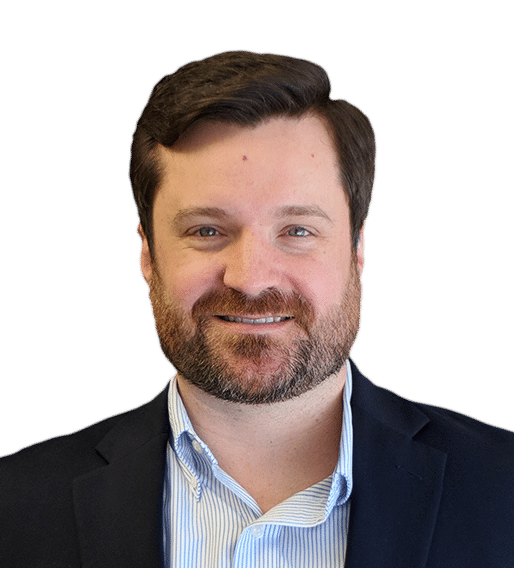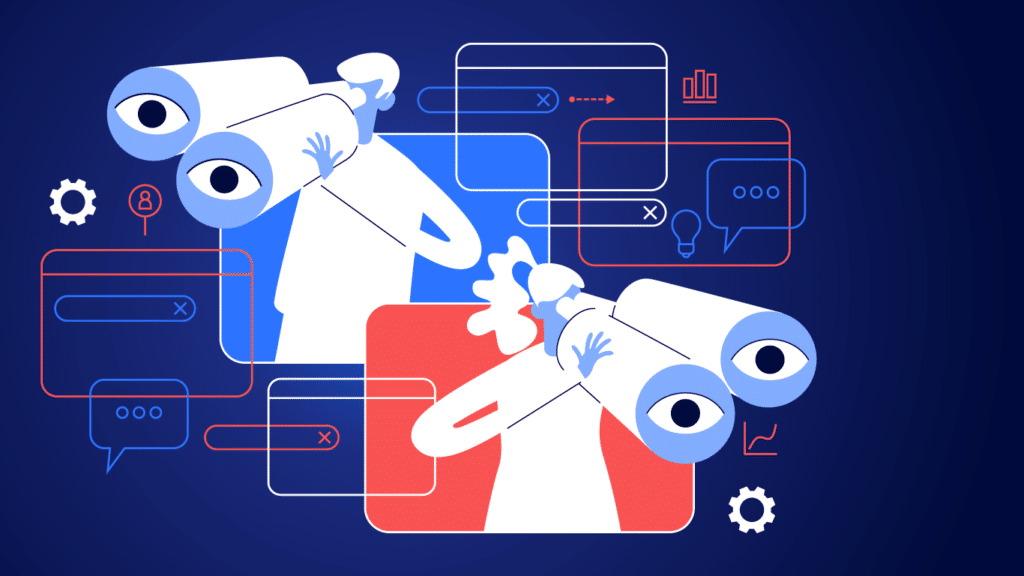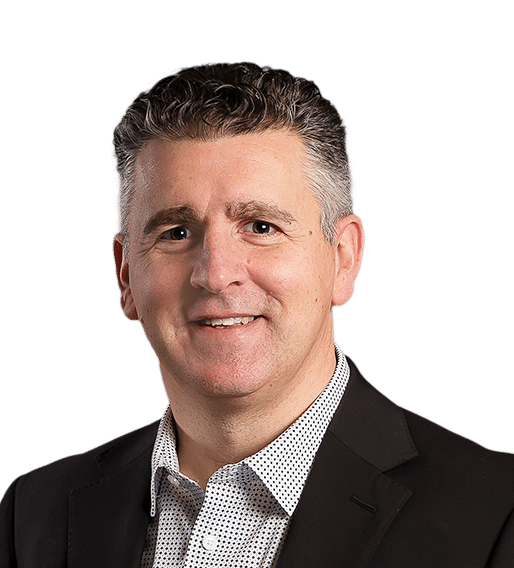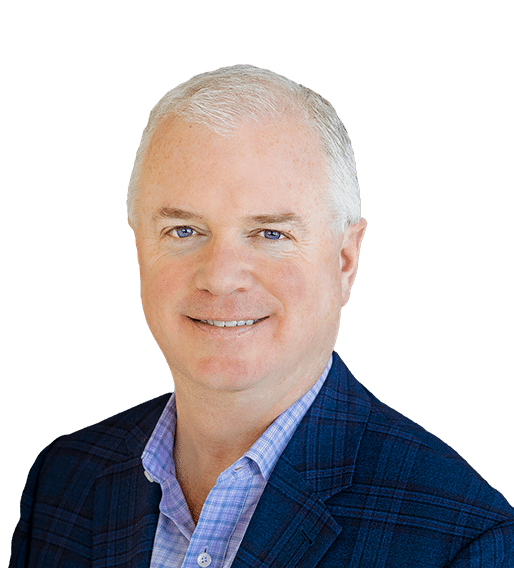Healthy relationships are good for business. From meeting new clients to creating productive teams, most of us can agree on the importance of relationship building and networking. But sometimes it’s hard. We have bad days. We hit a brick wall with others. We suffer from self-doubt and the negative internal voice that keeps us down from making breakthroughs in building trust with others. We then rally and ask ourselves, how can we do better? How can we build better relationships with clients, employees, and team members?
The Giver Framework is a tool to help individuals and organizations learn how to understand people, build trust, help others in their moments of need, and ultimately, build better relationships. Lending from Maslow’s Hierarchy of Needs and extending the idea in Adam Grant’s book Give and Take, the framework operates on the theory that people act in specific ways because of their current needs. Using that as a foundation, the framework asserts that if we work to understand a person’s needs and can provide in their moment of need, we can earn trust and foster lasting, healthy relationships.
Three defining archetypes
Within the framework, three archetypes define people’s interactions and reactions, which can allow you to understand and determine their needs:
- The Giver: freely gives, wants everyone to win, ventures beyond parameters, and is less concerned with personal risks
- The Matcher: needs outside pressure to give, wants acclaim from others, is careful, and keeps score
- The Taker: satisfies immediate needs, wants to win, is cautious, and plays defense
Just as our needs fluctuate throughout a day, a month, or a year, our archetypes are fluid. I can be all three of these archetypes on any given day. For example, if I’m in a meeting and someone is discussing an organizational problem, I know how to solve it, and I don’t speak up, I’m not acting as a Giver at that moment. I may be acting more at the moment as a Matcher or Taker because I feel fearful. Or, I want to reduce the risk of harm from others as my goal is to gain their acceptance or receive mostly positive feedback on my ideas. I will only give them if it’s safe or when people have met me halfway there with a solution, or I sense their general agreement before I proceed with the idea.
How can I change that? The Giver archetype generally feels low risk or fear when offering gifts and ideas. At that moment, they desire to be a better human by helping others. A person experiencing a Giver moment wants others to do better and grow. The Giver mindset includes feelings of abundance and not scarcity. Any person can begin to practice making conscious decisions to act as a Giver as they go about their workday.
The Giver Framework is not just a theory, but a set of practices to act as the person who wants to help others in their moments of need. Here are three steps to enact it at your organization:
Find your purpose
Recently, we’ve seen a movement around purpose-driven lifestyles and organizations. It’s a movement founded on results. These organizations are driven toward purpose and doing good for others first, and data shows they do well as a result. Of course, it’s easier said than done. As an organization, what do you desire to do beyond making money?
I work at a company that shares my point of view that our purpose as people, employees, and team members is to help others grow by giving back. Several years ago, we at Pariveda Solutions sat down and asked, ‘Beyond making money, what do we desire to do?’ We answered that we desired to learn always, coach more and give back. It’s our mantra, and it aligns with the Giver Framework.
ACTION: Ask your leaders and team members these questions. What is your purpose? Beyond making a profit, what do you desire?
Seek to understand
To help satisfy the needs of others, first, you must work to understand them. By better understanding people’s mindsets and actions, we can help grow them to their highest potential. This framework guides us to meet people in the moment and work to understand what is going on in the maze of their mind. Seek to understand and then give what they need in a way that is appropriate to that person. Meet them where they are. If I can do that, I could develop 50 new relationships this year. What if everyone at a company did the same? It could revolutionize an organization.
ACTION: Create strategies and practices to meet various everyday needs internally and with clients. Possible solutions include:
- Publicly thank people for their work. Create regular celebration moments in the smallest of team meetings to more significant events
- Intentionally learn about the passions of individuals, finding ways to support those
- Provide personal and professional development opportunities
Integrate a giver mindset.
Being a giver is a daily practice for the individual and the organization, and as such, the framework works best when embedded in your goals, strategic initiatives, and programs. It isn’t overt, but a culture change requiring an implementation process. The more trust we build with individuals, the more relationships we will have, and the more opportunities to co-create value will be generated.
ACTION: Create a culture change from the top down.
- Incorporate the giver mindset into your corporate goals and strategy
- Adapt hiring processes to encourage and attract those desiring to grow others through giving their time, thoughts, and ideas
- Create a formalized process to promote giver activities
- Create and publicize programs that give back along with the results of those programs
Is it about how much you’ve sold, or is it about how much you’ve helped others along their journey? I’d rather have more Giver moments. It’s not easy, though. Sometimes giving is the hardest thing to do, but I believe the implication is that I’ll increase my well-being, and my organization will do well because of it.

















